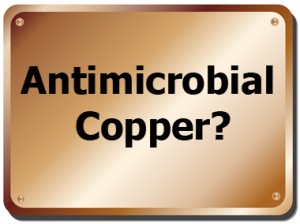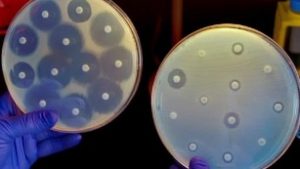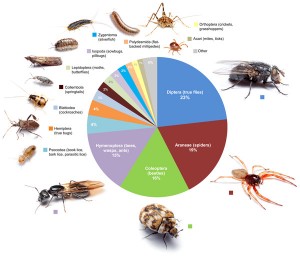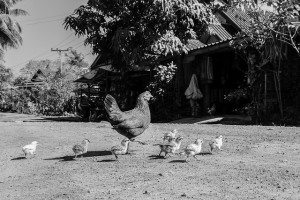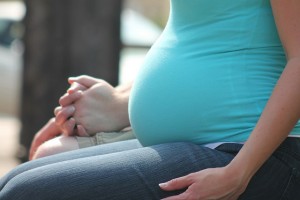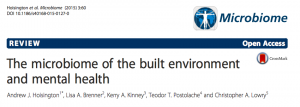From vaccinations to climate change, getting science wrong has very real consequences. But journal articles, a primary way science is communicated in academia, are a different format to newspaper a… Source: How to read and understand a scientific paper: a guide for non-scientists This article, by Jennifer Raff, is definitely worth a read and I …
Interesting article addressing the risks of using copper in human structures for its antimicrobial qualities. Copper resistant bacteria could prove to be a risk for human health, as certain parts of the human immune system (notably macrophages) utilize it to dispatch potentially dangerous microbes. While many places use copper as a safety measure against harmful …
A paper from this past year by GarcÃa-Mena et al entitled “Airborne Bacterial Diversity from the Low Atmosphere of Greater Mexico City” uses culture techniques and 16S sequencing of the air in Greater Mexico City. There doesn’t seem to be as much literature on microbes in the air as there is about other surfaces and parts of …
The Los Angeles Times posted an article yesterday on “Deadly superbugs from hospitals get stronger in the sewers and could end up in the Pacific Ocean”. While there is some truth to the matter, it is necessary to approach it with some skepticism. It is well known that antibiotic resistant bacteria are extremely prevalent in …
A paper from Bertone et al studies indoor arthropod diversity in urban and suburban homes. They surveyed all the arthropods they could find in 50 homes in North Carolina, finding 24-128 distinct arthropod families per home! These critters were filtering in from the outdoor surroundings of the home, and most of them were benign to humans. They also found …
mSphere, ASM’s new open access journal, published a paper recently called Antibiotic Resistance in Animal and Environmental Samples Associated with Small-Scale Poultry Farming in Northwestern Ecuador, written by Braykov et al. The abstract is as follows: The effects of animal agriculture on the spread of antibiotic resistance (AR) are cross-cutting and thus require a multidisciplinary perspective. …
An interesting new paper titled The Black Yeast Exophiala dermatitidis and Other Selected Opportunistic Human Fungal Pathogens Spread from Dishwashers to Kitchens came out several days ago in PLoS one. ZupanÄiÄ et al investigated the fungal diversity and distribution of 30 dishwashers. Swabs were taken from various parts in the dishwasher, sink, and on items that had been washed …
The list of things that are sterile is shrinking as DNA sequencing methods become more sensitive and are able to pick up microbial signals in even the sparsest environments. A news article in the Times discusses research on the microbiome of the human womb and the fact that it is not actually as sterile as …
Often on this blog, we talk about biofilms in water systems or water-borne pathogens. Even when we discuss the drinking water microbiome, it is seldom with a focus on any particularly beneficial bacteria. Although there has been some discussion about what essentially amounts to probiotics for water, there seems to be little literature in the area …
Source: The microbiome of the built environment and mental health | Microbiome | Full Text Andrew J. Hoisington, Lisa A. Brenner, Kerry A. Kinney, Teodor T. Postolache and Christopher A. Lowry When I saw the title of this I cringed a bit, worried that this paper would be overselling what we know about the microbiome and …

